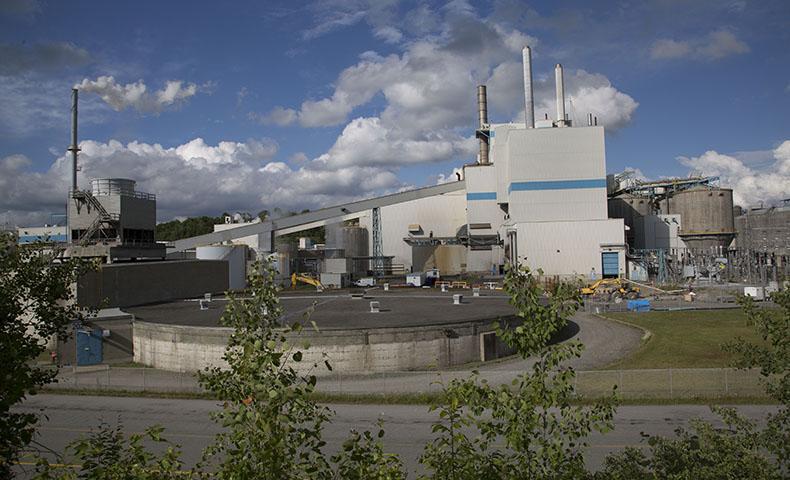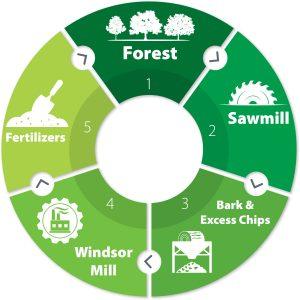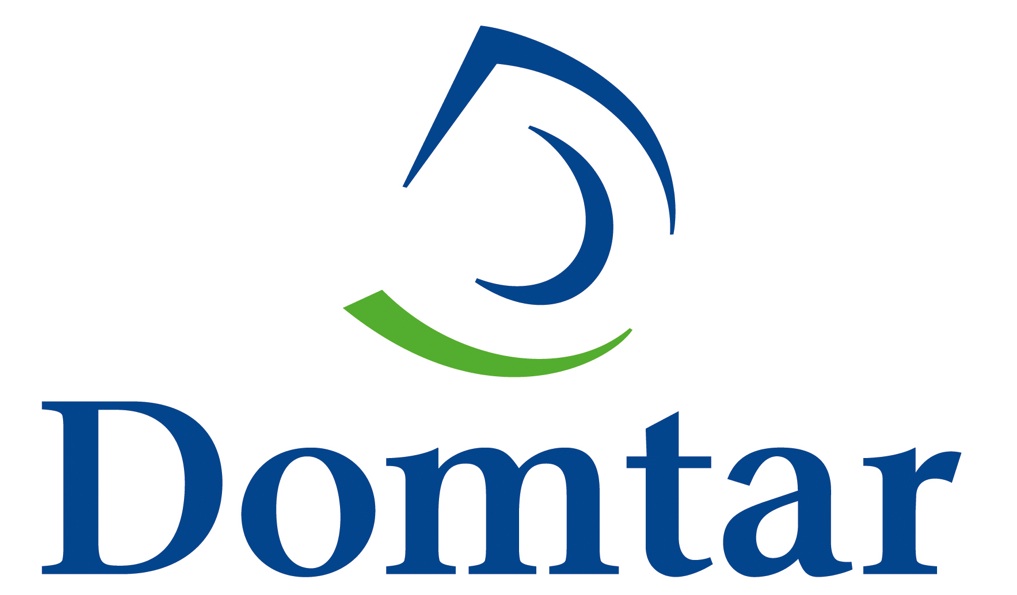Windsor Mill’s Circular Economy Reduces Waste
You’ve heard about ecosystems: the way all living things in a given area interact with each other and their environment. There’s a similar concept in sustainability called “industrial ecology,” which is the notion that industrial processes benefit from mimicking the closed-loop efficiency, or circular economy, of a natural ecosystem.
Here at Domtar, we’re focusing on building circular economies at each of our mills. Our Plymouth and Marlboro mills, for example, produce nutrient-balanced fertilizersfor agricultural crops. And now, our Windsor Mill is closing its sustainability loop by giving back to the 400,000 acres of forestlands that support its operations.
Circular Economy Turns Waste Into Nutrients
André Gravel, Windsor Mill’s fiber manager, says it’s all about rethinking waste. “The point is to stop talking about waste and instead talk about how you can make something out of what used to be waste,” he says. “There’s much more than one way to do that, but the idea is circularity.”
The mill and its operations are an integral part of a circular economy that starts with trees. Trees harvested from the mill’s forestlands through responsible forestry practices are treated carefully to ensure the highest value for their fiber. The sawmills that receive the higher-value wood send the lower-value wood — such as bark and excess chips — back to the mill for other uses. The mill uses chips to make pulp and paper, and it burns bark to produce steam, which dries the mill’s paper and powers its turbine generator. The generator produces electricity that’s sold to Hydro-Québec to power homes in the surrounding communities.
Finally, the mill returns manufacturing byproducts to the forests it manages in the form of a stabilized mixture of potassium-rich wood ash, acid-balancing lime and other soil amendments that are used as a fertilizer to grow new sugar maple trees. The Windsor Mill also puts those sugar maple trees to work while they’re growing by allowing local maple syrup producers to harvest sap from the trees.
In addition, Gravel says the mill now uses sludge — a slushy effluent mixture from the pulp- and paper-making process that used to be its single largest waste stream — as a fertilizer to help grow hybrid poplar trees.
“We used to fill landfills with leftover waste,” Gravel says, but this innovative approach to capturing and recycling nutrients is helping the Windsor Mill reduce how much waste it sends to landfills. “Ninety-five percent of what we used to consider waste is now being reused.”
The best part of Windsor Mill’s circular economy? It’s expected to extend the life of the Windsor landfill by about 40 years.
“We’re working with renewable natural resources,” Gravel says. “Instead of just taking from the environment, what we’re really doing is taking care of it.”



